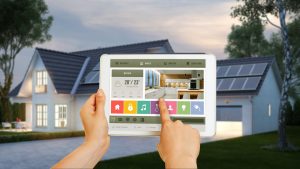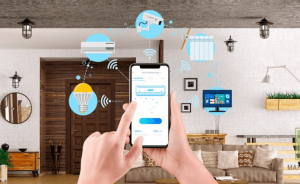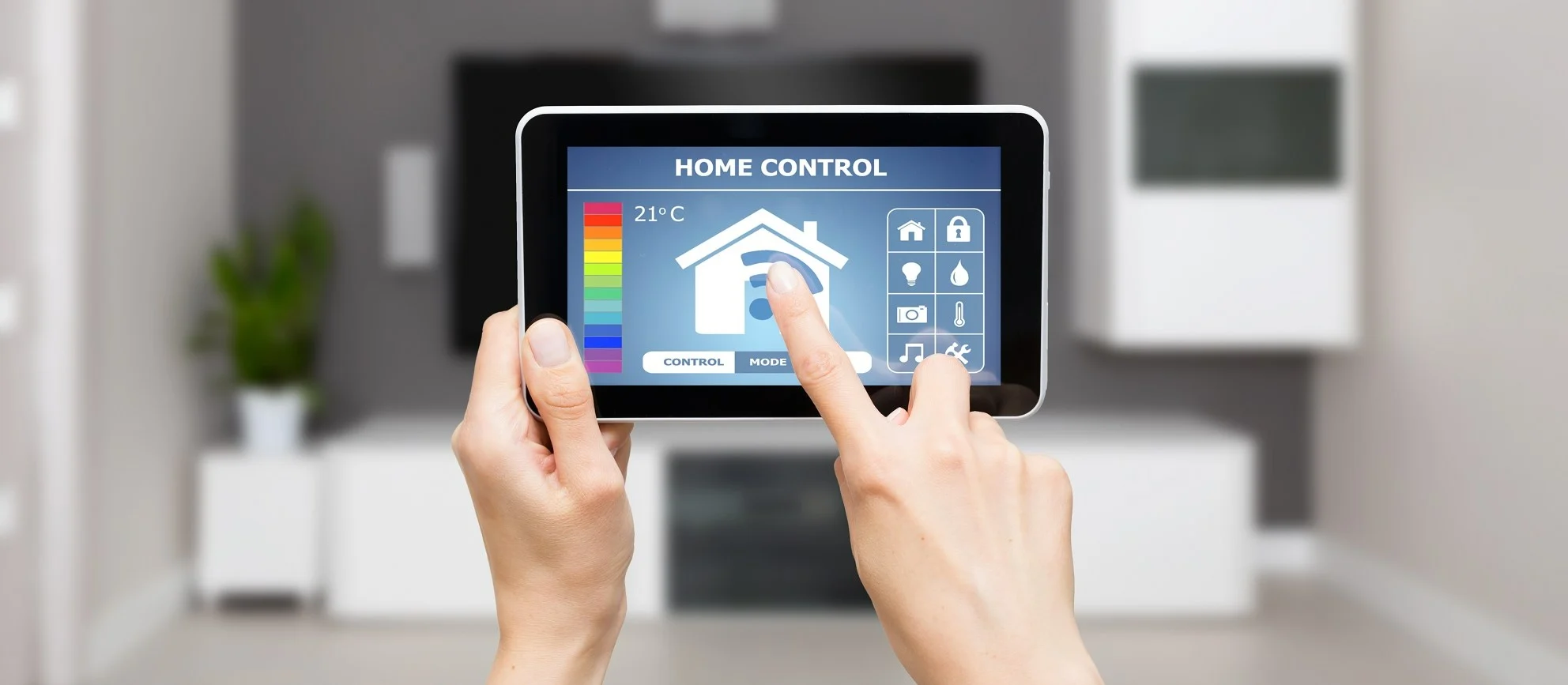As a technology enthusiast and researcher, I have been fascinated by the transformative power of the Internet of Things (IoT) in smart homes. This article explores how IoT is revolutionizing smart homes, enhancing security, energy efficiency, and convenience through interconnected devices.
-
Understanding IoT and Smart Homes

Define the Internet of Things (IoT) and its role in smart homes. Discuss how IoT enables devices to communicate with each other and with users, creating a seamless and automated living environment.
-
Enhancing Home Security
Examine how IoT is enhancing home security. Discuss the integration of smart cameras, doorbells, locks, and alarm systems that can monitored and controlled remotely, providing real-time alerts and peace of mind to homeowners.
-
Improving Energy Efficiency
Analyze how IoT improves energy efficiency in smart homes. Highlight the use of smart thermostats, lighting systems, and energy monitors that optimize energy usage, reduce waste, and lower utility bills.
-
Increasing Convenience and Comfort
Explore the convenience and comfort brought by IoT devices. Discuss how smart assistants, automated lighting, and climate control systems create a personalized living environment, making daily tasks easier and more enjoyable.
-
Streamlining Household Management
Discuss how IoT streamlines household management. Highlight smart appliances such as refrigerators, washing machines, and vacuum cleaners that can be controlled remotely, schedule maintenance, and even order supplies automatically.
-
Enhancing Home Entertainment

Examine the role of IoT in enhancing home entertainment. Discuss smart TVs, speakers, and streaming devices that offer personalized content recommendations and can be controlled through voice commands or mobile apps.
-
Supporting Elderly and Disabled Individuals
Analyze how IoT supports elderly and disabled individuals. Highlight assistive technologies such as smart health monitors, fall detection systems, and voice-activated controls that promote independence and improve quality of life.
-
Challenges and Considerations
Identify the challenges and considerations associated with IoT in smart homes. Discuss issues such as data privacy, security vulnerabilities, and the need for interoperability standards to ensure seamless integration of devices.
-
The Future of IoT in Smart Homes
Conclude with a forward-looking perspective on the future of IoT in smart homes. Discuss potential advancements, emerging trends, and the long-term impact of IoT on the way we live, emphasizing the need for continuous innovation and consumer education.
Informative Table: Key IoT Devices in Smart Homes
| Device | Description | Examples |
| Smart Security Systems | Monitor and control home security remotely | Smart cameras, smart locks, video doorbells |
| Smart Thermostats | Optimize and control home heating and cooling | Nest Thermostat, Ecobee |
| Smart Lighting Systems | Automate and control home lighting | Philips Hue, LIFX |
| Smart Appliances | Enhance convenience and efficiency in household tasks | Smart refrigerators, smart washing machines |
| Smart Entertainment Systems | Provide personalized and integrated entertainment | Smart TVs, smart speakers |
Comparative Table: Benefits vs. Challenges of IoT in Smart Homes
| Benefit | Challenge | Impact |
| Enhanced Security | Data privacy concerns | Improved home protection and peace of mind |
| Increased Energy Efficiency | Security vulnerabilities | Lower utility bills and reduced energy waste |
| Greater Convenience | Interoperability issues | Easier and more enjoyable daily living |
| Support for Elderly and Disabled | High initial setup costs | Improved independence and quality of life |
Conclusion: Transforming Living Spaces with IoT
The Internet of Things is revolutionizing smart homes by enhancing security, improving energy efficiency, and increasing convenience. As IoT technology continues to evolve, it promises to make our homes more intelligent, efficient, and comfortable. Addressing challenges such as data privacy and interoperability will be crucial for the successful integration of IoT devices into our daily lives. The future of smart homes powered by IoT is bright, offering a new level of convenience and quality of life for homeowners.




